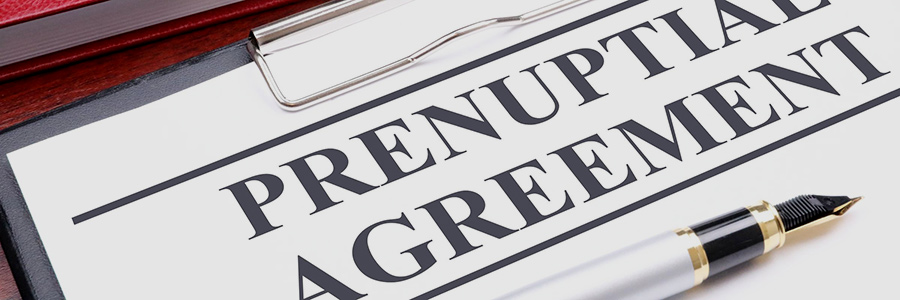Feature Article: Do you own your DAM data?

Peter Krogh, Chief Product Officer at Mediagraph and author of The DAM Book has kindly contributed an article exploring the portability of your DAM metadata, and the measures you can take to ensure that you have unfettered access to your valuable information should a number of worst case scenarios take place. In his book, Peter draws a parallel between the relationship you have with the information held in your organisation’s DAM system and that of a prenuptial marriage agreement – you’ll want to take your data with you should you move away from your current platform.
“In order to protect your information, you need to make it portable. That means understanding how portability can be accomplished. It also means asking questions in the contracting process, testing, and verifying that the answers are accurate. A good consultant should be able to do this for you. But if you are selecting the DAM without that kind of help, you’ll need to dig into it yourself.” [Read More]
In this detailed and common-sense article, Peter takes a closer look at three scenarios where access to your files and metadata may become more difficult: gaps caused by missing fields in the destination system; poor engineering in metadata export functions or API capabilities; and obstacles put up by vendors in order to prevent customers using an exit migration to move away from their platform. The article covers a number of methods for grabbing your precious metadata, including file downloads, metadata embedded in the files themselves, belt-and-braces exports in common formats such as CSV or JSON, and exporting via the platform’s own API.
“The king of DAM exit strategies is the API export. Application Program Interfaces (APIs) are the internal plumbing of your DAM. In modern true “API first” applications, every bit of information can be accessed through the API. Using the API, files and metadata can be transferred directly from one application to another. It may be possible to replicate the entire collection structure of the old DAM to the new one, including all metadata, and even the metadata about metadata. And it is usually a lot easier for the client.” [Read More]
Peter concludes with the message that DAM vendors have a responsibility to protect and facilitate easy access to their clients’ data, even if they decide to hand back the keys and end their relationship with you.
“In all of my writing and consulting and product development, I have never lost sight of the importance of the pre-nup. We will only be temporary custodians of the material. It’s up to us to navigate the technical and business hurdles that can get between a client and their rightful material.” [Read More]
You can read the full article at the link below.
https://digitalassetmanagementnews.org/features/do-you-own-your-dam-data/
Image Credit: Nick Youngson CC BY-SA 3.0 Pix4free.org
Share this Article:
